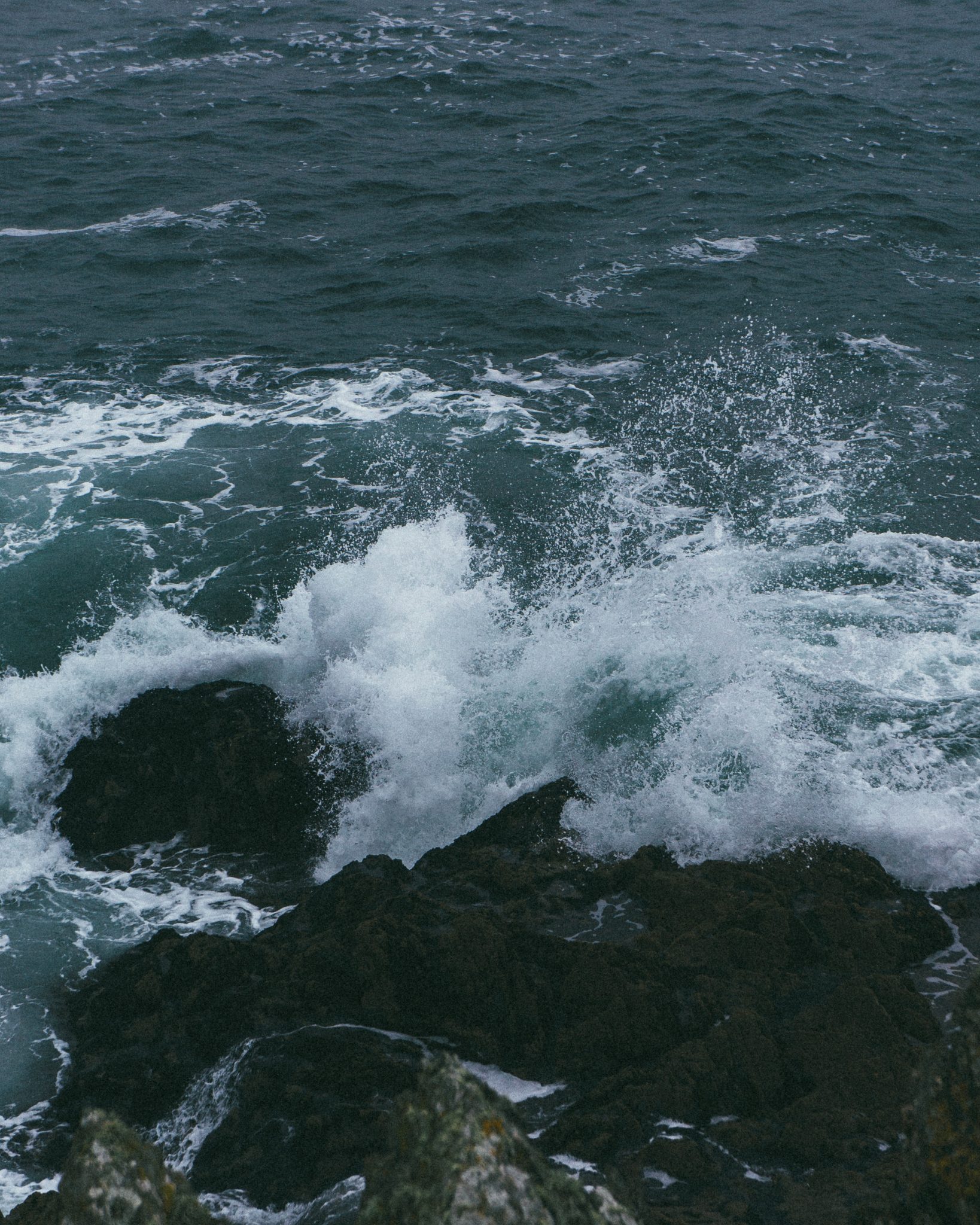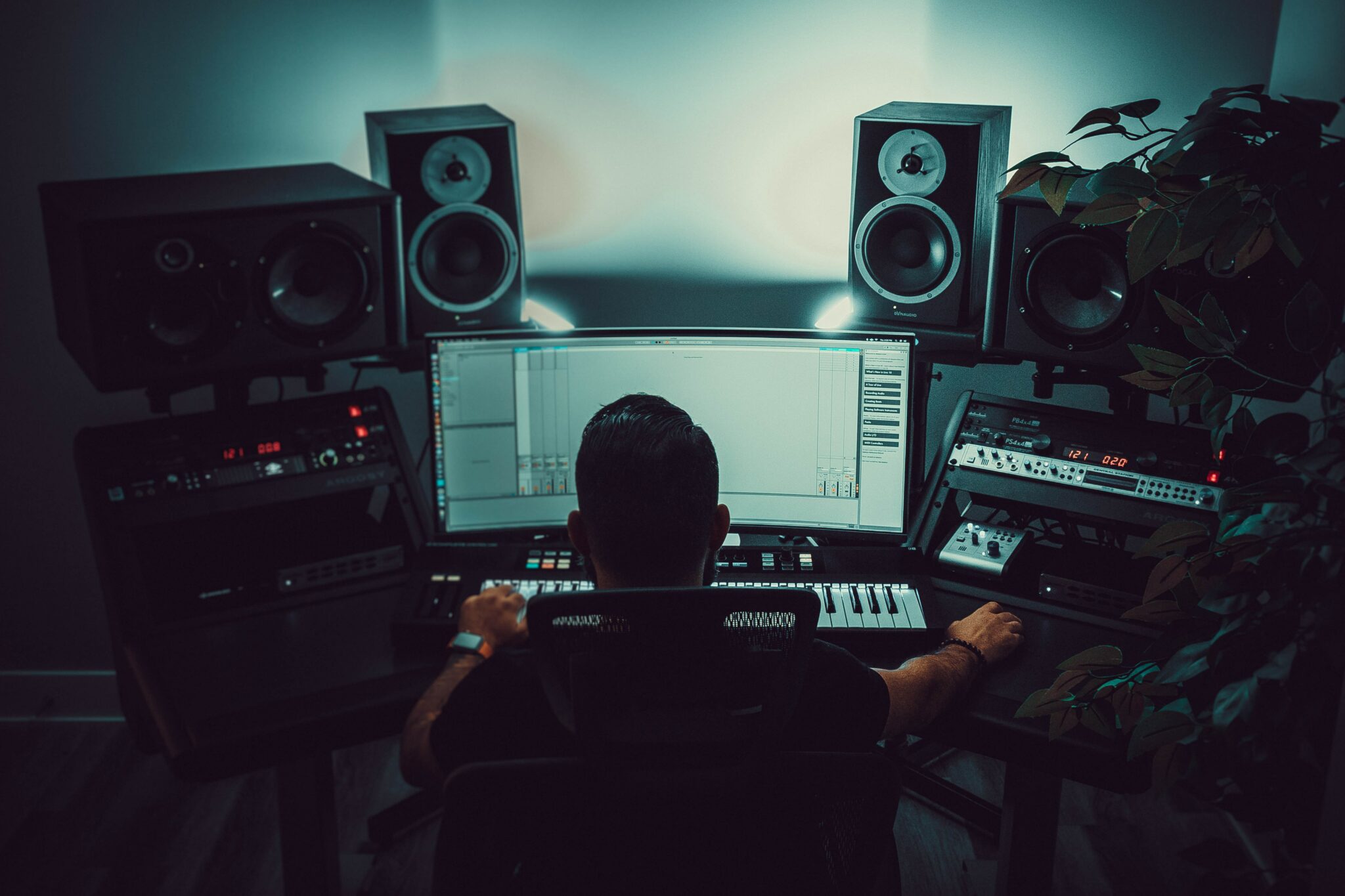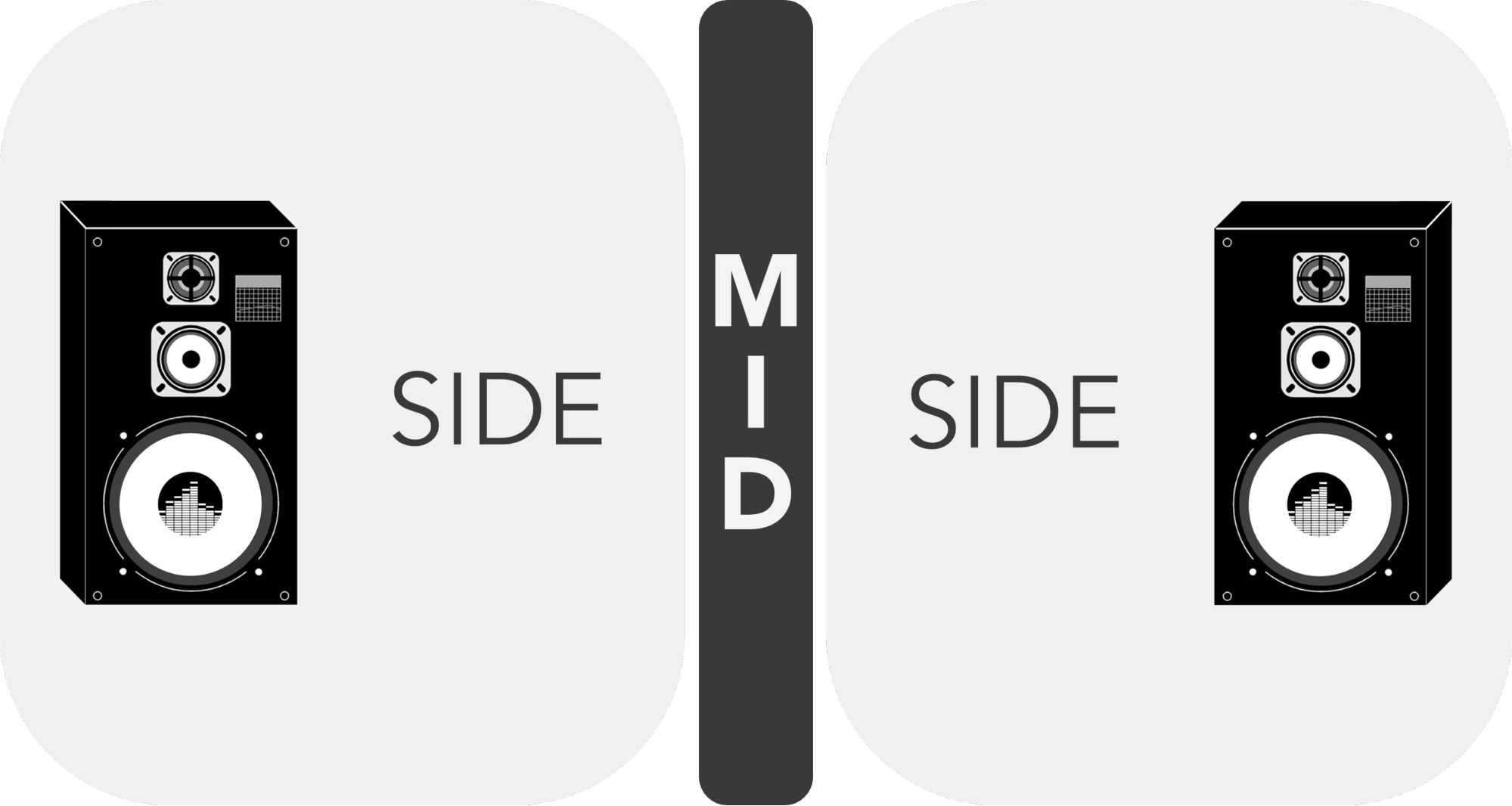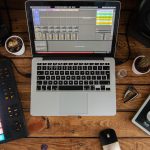Improving intensity in music
Intensity in music can be a tricky balancing act. In our Facebook group, one member recently asked about how he could improve the intensity and excitement of his tracks. He makes electronic music, and feels that compared to some producers he likes, his music doesn’t match in terms of excitement. After asking him a few questions, I realized that the tracks he shared as examples he wanted to emulate were mostly songs with high levels of density, and perhaps not the levels of intensity I thought he was referring to. The term “intensity” is very different from one genre to another; in this post, I’ll try to cover some of the different ways we relate to intensity, and also some tricks and tips as to how to make your tracks more intense-feeling.
Loudness
One of the main aspects of intensity is the loudness or volume of a song. Humans are often tricked into thinking that loudness directly correlates to the intensity of a song. Concerts at high volumes give music a physical sonic experience that people like. Artists often try to replicate the live experience through volume levels or even compression.
However, when making music, there are a lot of other things one needs to pay attention to in the process—loudness should be the very last thing to worry about. Volume/loudness levels can only be adjusted once your mix is proper and flawless. Some people play with mastering tools such as Izotope Ozone 9 as a mastering assistant to help push songs up to a higher level, but if you think loudness is the key to intensity, you might run into issues. Heavily boosting the loudness of a song ruins all the finer details that were worked on so much, via too much compression.
If you want to play with the perceived loudness experience, one thing you can do is make sure that your mid-range frequencies are mixed at sufficient levels, or even perhaps a bit louder than what you’d usually do. Humans will always hear something with a good mid presence as “louder”, even if the overall loudness is lower. A plugin like Intensity by Zynaptiq can really help bring intensity to a song, but can also do subtle wonders at lower levels.
Another thing you can do is play with saturation. This gives a gritty feel to your track’s sounds, adding textures, depth, and relative power as well. Harmonics by Softubes is often my go-to plugin when it comes to applying saturation to mids. It really brings out an organic brightness in sounds that almost always sounds good. Saturation also creates the impression that something is louder, but not in a compressed way.
Density
Similar to loudness, is density: how many sounds you have in your mix at a given time that have very little difference in volume. You could have multiple percussive sounds, for example, and all of them equally loud. Doing this occupies a lot of room in your mix and makes sounds feel more like they’re at the forefront. The denser a mix, the less room there is for depth, but a dense mix can have a lot of immediate power.
For certain techno songs, density is often in the form of a wall of machine-gun type hi-hats which are always going. This creates excitement in the highs. In tribal music, density comes from percussive sounds, but in the mids, and in dubstep, it’s pretty much all about the low end (although dubstep tends to overcharge the full frequency spectrum).
An interesting genre that people often simply refer to as ambient, is drone music. Drone, in a loud venue, becomes a pure noise show so intense, it can give you very powerful body sensation. At MUTEK, I almost puked after a drone show.
If you want an alternative way to create density, other than simply using a lot of tracks, you can also play with the decay of your sounds. Longer hats, kicks, claps, and other percussive sounds will add intensity via density. If you have certain sonic limitations, decay can also be “created” with a gated reverb which will add a tail, but I’d encourage you to use a darker tone.
Background and noise floor
If you go to the most quiet place you can think of and record with a field recorder, you’ll still hear noise in your recordings at a very low level. In general, there’s always some sort of noise surrounding us. It can be the fan of your computer, a car passing by your apartment, people talking in the background in a quiet coffee shop. When you put your headphones on and make music, you might have the impression that your music feels empty and that usually comes from a lack of noise floor. In Dub Techno, songs are often washed in a sea of reverb, which creates a space that feels comforting. Using a long reverb can create a low level of noise that is naturally pleasant to the ear, but there are also other ways to create a noise floor:
- In many minimal tracks, people will mix in field recordings. You can find a lot of field recordings for free online. They can be from anywhere, but you can event record noise from where you live and use that (some producers love to have a microphone in their studio to pick up noises of themselves as they work). You can also spend time creating your own invented field recordings using day to day sounds that you mix with a white noise and reverb, then lower the volume to -24db or lower.
- Use hardware equipment and use a compressor to bring up the noise.
- Take a synth and use a noise oscillator to create a floor. You can then add volume automation to it to give it life, like side-chain compression.
In the tracks the member of our group shared which I mentioned at the beginning of this post, the noise floor was just as loud as the main sounds, which then created an impression that the song was really, really dense, loud, and busy.
Powerful low end
One thing people often do for intensity is create really powerful kicks or basses. They’ll have them mixed way louder than the rest of the track, but this often results in a muddy mix, as the details will then feel covered or too low. But in many genres, the importance of a solid kick is often directly related to the intensity of the song. A tip—the clap or snare, should also be equally intense, with a presence in the mids; this relationship will make the track feel very assertive and punchy.
Creating a powerful kick is not an easy task, but you can achieve better results with a combination of Neutron‘s transient shaper and multiband compressor. This will allow you to shape your kick so it’s fat and round. But even if you end up with the most powerful kick you can create, a mix can still feel like it’s lacking intensity unless the kick is properly mixed. Proper mixing of a kick’s low end can often be done by high-pass filtering or EQ’ing some parts of the bass so it doesn’t mask the kick. You can also use a tool like the Volume Shaper or Track Spacer to give clarity to the kick.
Exciting effects
Transitional effects, fills, and rises/falls are always a popular way to create excitement in your track. These are often effects you can use straight from presets and simply apply them on random sounds that are already in your project. I usually like to have two channels per percussive sound I use. Not only for layering, but sometimes the second channel of a percussion will have an effect that I’ll use once or twice. You can have dedicated channels that are effects only, and then drop sounds from your song into that channel. This can be done with a send/aux channel too, but I like to have a FX-channel on its own, as it’s more visually clear.
Popular effects that can help create intensity and excitement include delays, panning, reversing sounds, and reverb, but if you’re looking into something out of the ordinary, I suggest you look into unusual multi-effect plugins such as SphereQuad, Tantra, Fracture XT, Movement, and mRhythmizerMB.
Dynamics
A lot of people don’t seem to understand dynamics, and what they mean in music. Dynamics are often simply interpreted as compression, but if you really use dynamics in an exciting way, you need to think about it as the contrast or range between two levels. Imagine someone whispers something in your ear, and then, all of a sudden, starts talking really loudly; it will create a shock or surprise. Differences in sound are a good way to create surprise and intensity—the greater the difference between the two sounds, the louder or more intense the second sound will feel, or vice-versa. You could have section or certain sounds in your song that are quieter for a moment and then get louder. Dynamics don’t necessarily always refer to volume, however. For example, you can create a moment in a song in mono, and then go to full stereo mode—this difference is also surprising for the listener.
Finally, one thing to keep in mind about intensity in music: if you immediately give away everything your song is about in the first few seconds of a track, you’re mostly likely going to screw up the ability to create intensity, tension, and excitement in the entire work—it will be really hard to keep a listener interested for the entire duration of a song if he or she has already heard your “climax”.
SEE ALSO : Textures Sample Pack












Leave a Reply
Want to join the discussion?Feel free to contribute!